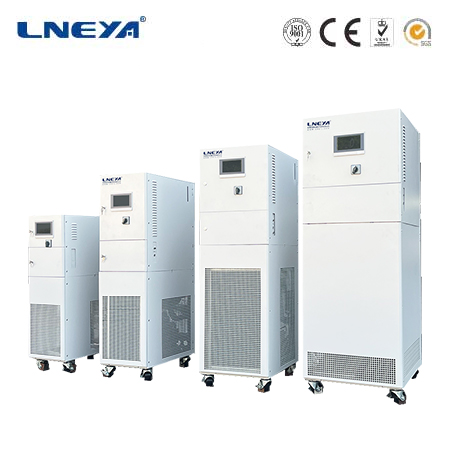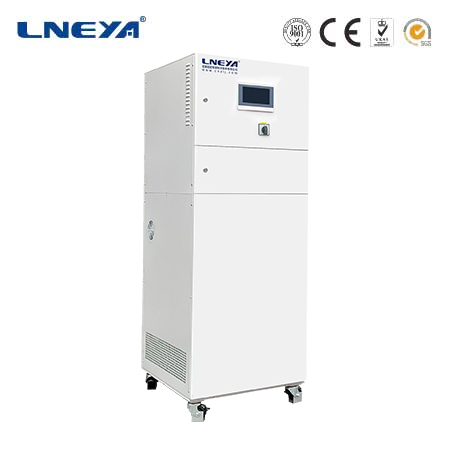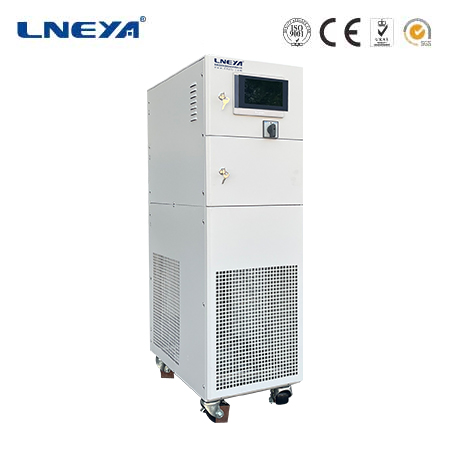water bath temperature control system
Introduction to Water Bath Temperature Control Systems
Water bath temperature control systems are essential in scientific laboratories for tasks requiring the maintenance of samples at specific temperatures. These systems ensure consistent and accurate temperature control, which is vital for the success of experiments and processes that are sensitive to temperature variations.

Importance of Precision Temperature Control
Precision temperature control in water baths is crucial for a wide array of laboratory applications, ensuring consistent and accurate results. In biological, chemical, and industrial research, even slight temperature variations can affect outcomes, making thermal stability a critical factor.
Mechanisms for Achieving Precision Temperature Control
Digital Temperature Controllers
Modern water baths are equipped with advanced digital thermostats that allow precise setting and monitoring of temperature. These controllers often use microprocessors to provide real-time feedback, adjusting the heat output based on the current temperature reading. This system ensures that the bath stays within a tight temperature tolerance, typically within ±0.1°C.

PID (Proportional-Integral-Derivative) Control
PID controllers are effective for maintaining stable temperatures in water baths. This control system continuously calculates the error between the desired and actual temperatures, making necessary adjustments to the heating element. The three components of PID control work together to ensure stability, minimizing temperature overshooting or undershooting.
Circulation Systems
Achieving even heat distribution is crucial for maintaining uniform temperatures. Built-in circulation pumps ensure that the water is constantly moving, preventing the formation of hot or cold spots within the bath. By circulating the water, these systems distribute heat evenly throughout the bath, ensuring that all samples are exposed to the same temperature.
Insulation and Double-Walled Design
To maintain precise temperatures, water baths often incorporate advanced insulation materials and double-walled designs. These features help retain heat, preventing energy loss to the surrounding environment and reducing the influence of ambient temperature fluctuations. Well-insulated water baths require less frequent heating adjustments, which helps maintain a consistent temperature over long periods.
Heating Elements with Quick Response

Efficient heating elements with quick response times are essential for precise control. These elements rapidly heat the water to the desired temperature and respond quickly to adjustments, allowing the system to maintain stable temperatures. High-quality heating elements also reduce lag time in reaching the set temperature, which is critical for time-sensitive applications.
Self-Calibrating Systems
Many modern water baths come equipped with self-calibrating features. These systems can automatically adjust internal settings to account for environmental changes or wear on components over time. Regular self-calibration ensures that the water bath remains accurate, reducing the need for manual recalibration by lab technicians.
Real-Time Monitoring and Alarms
Some precision water baths offer real-time monitoring of temperature along with integrated alarm systems. These alarms alert users to any deviations from the desired temperature range, allowing for immediate corrective action. Monitoring systems may also log temperature data for quality control and analysis, ensuring traceability for critical processes.
Programmable Temperature Profiles
For experiments requiring varying temperatures over time, programmable water baths allow users to set temperature profiles with multiple stages. These baths can automatically adjust the temperature at specific intervals, ensuring that the process follows a precise thermal protocol without the need for constant supervision.
Safety Precautions for Water Bath Temperature Control Systems
Safety is paramount when using water bath temperature control systems. Key safety procedures include temperature control using a PID system that adjusts in 0.1°C increments, ensuring that the water bath does not exceed the set temperature. Additionally, it is crucial to follow the manufacturer’s guidelines for maintenance and operation to prevent accidents and ensure the longevity of the equipment.
Conclusion
Water bath temperature control systems play a vital role in scientific research and industrial processes that require precise temperature control. Understanding the mechanisms for achieving precision temperature control, adhering to safety precautions, and maintaining these systems properly are essential for ensuring accurate and reliable results. As technology advances, these systems continue to evolve, offering greater precision and efficiency in temperature control.
Related recommendations
heat source system
167Heat Source System: Types, Operations, and ApplicationsHeat source systems are the backbone of thermal energy supply, playing a vital role in numerous aspects of modern life. Whether it's keeping...
View detailschiller manufacturers in australia
267Chiller Manufacturers in Australia: An In - depth ExplorationThe chiller manufacturing industry in Australia is a dynamic and integral part of the country's engineering and infrastructure sectors...
View detailsWhat environmental usage requirements does industrial chiller machine meet?
1012What environmental usage requirements does industrial chiller machine meet? 1. Choose an installation environment with high security. Due to the high temperature phenomenon gener...
View details400 ton air cooled chiller
203IntroductionIn the realm of industrial and commercial cooling systems, the 400 - ton air cooled chiller stands as a powerful and essential solution for managing substantial cooling loads. With an...
View details
 LNEYA Thermal Test Chillers
LNEYA Thermal Test Chillers







HelloPlease log in